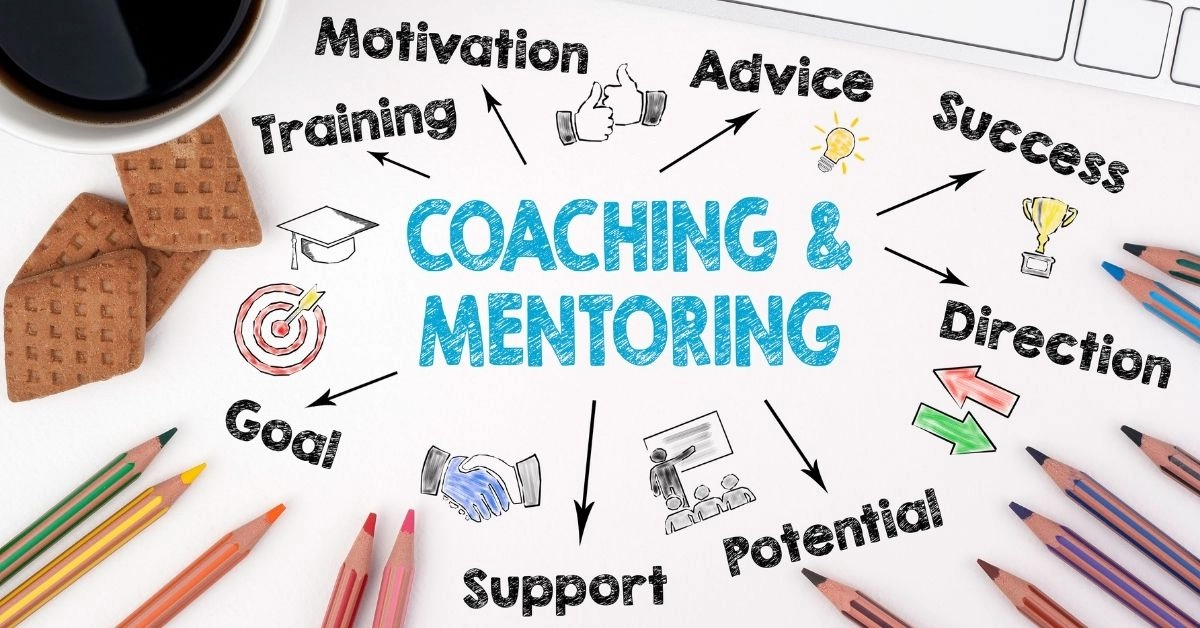Organisations, including startups and SMEs are fast moving up the coaching adoption continuum and are increasingly transitioning from ‘Telling, Selling & Getting’ things done to ‘Listening, Empowering and Celebrating’ style of engagement with their employees. Studies also prove that the later style of engagement enhances motivation, performance and productivity and overall wellbeing of the teams and the organisations.
If you are a startup or a SME or an organisation that is looking to unlock the leadership potential using coaching as a tool, you may also have questions around:
- How effective the entire coaching process is from the business scheme of things?
- Is there a formal process/template that will help determine a business case for coaching?
- Are there any yardsticks that an organisation can use to define coaching effectiveness?
Here are some techniques that an organisation of any size or sector can follow to measure coaching effectiveness:
- Determine the value for the coachee – Often organisations would highlight coaching goals as ‘Improve communication’, ‘Delegate More’, ‘Be Assertive’ ‘Focus on execution and speed’ etc. As a Business/HR leader, you may then want to narrow the focus down and ask questions such as ‘where is the coachee right now’, ‘what is the desired state’, ‘what could be the potential outcome and what may be the ripple effect of that outcome’. Once that is done, try figuring out if there is a monetary value that could be assigned to some of those goals. A leader from a large conglomerate mentioned that if she is able to engage her team better through communication, she will contain employee turnover and thus save massive costs in re-hiring and training people. A good practice here is to discuss the same with the coachee and arrive at a common understanding and expectations of the goals so a solution is designed that best serves their coaching needs.
- Feedback from the coachee – An effective coaching engagement should also help a coachee integrate learnings and gains from the coaching engagement. The coachee can reflect on how some of the action plans have a direct/indirect impact on his/her leadership effectiveness and therefore the team and organizational effectiveness.
- 2/3/4 way periodic reviews – A quick periodic review with the coachee/sponsor/line manager/HR can go a long way in determining if each of the stakeholders see progress towards the desired state and the behaviors. One of our clients also assigned mutually agreed sales and employee engagement matrices for the coachee that formed the base for measuring the coachee’s behavior in their role, before and after. These reviews help align expectations, are a good ‘strategic timeout’ period to pause, reflect and re frame goals, if needed.
- Holistic Goal setting: A complimentary view on measuring effectiveness also states that exclusive measurement of financial return on investment (ROI) can sometimes be an unreliable way to measure coaching outcomes, and an over-emphasis on financial returns can restrict awareness of hordes of positive outcomes that coaches and organisations can unplug through coaching. During the turbulent times that we are in, leaders and organisations are investing in measuring humanistic metrics like overall well being of an employee, an engaged workforce etc to determine a far more holistic impact of coaching exercise.
A large conglomerate that engaged with us for coaching their senior leaders to move up into managing global roles followed all the four principles stated above and could report following benefits in the span of 8-10 months:
- Proactive engagement with customers and turning around relationships with key customers.
- Improved 2nd inline development as a result of effective delegation, communication and career paths.
- New international collaborations and vendor development resulting in improved sales.
- Productivity improvement on internal matrices laid down by the organisation.
- A platform for leaders to feel heard, be themselves (devoid of all titles) and bring their unique strengths to play that made them more joyful, healthy and could practice conscious leadership at work and outside.
Sounds like an intervention that you may want to explore? Reach out to us and we will be happy to chat.

